There are thousands of festivals in Nepal. Even remembering the names of each celebration is a stressful task to do.
Nepal, being a country rich in culture and tradition, is home to 101 ethnic groups. Each ethnic group has a unique way of celebrating. So, each day is a unique festivity day in Nepal.
Look into the list of the 10 greatest festivals in Nepal and how people celebrate these.
Table of Contents
The greatest festival in Nepal, Dashain
Undoubtedly the most venerated festival of notwithstanding ethnic-religious coalition is Dashain. The most popular festival is here with heartwarming sunshine, yellow mustard, and golden rice swaying in the fields.
People celebrate the triumph story of good over evil. This occasion involves family gatherings, receiving blessings from elders, exchanging gifts, and putting rice and yellow grass on the forehead. Likewise, people clean their houses and surroundings and decorate them beautifully.
Nepal witnesses the Dashain celebration either in September or October, which is also considered the best time for trekking in Nepal. It is the honor of divine female energy observed for fifteen days, where the earliest ten days Hindus worship ten different avatars of Goddess Durga.
Dashain has six major days of celebration: Ghatasthapana, Saptami, Maha Ashtami, Navami, Vijaya Dashami, and Kojagrat Purnima.
Visit Nepal during Dashain to see joyous people wearing colorful dresses. As the weather is clear and cool, Dashain time is popular for treks and hikes in Nepal.
Tihar / Deepawali / Yama Panchak / Swanti (Nepal Bhasa: स्वन्ती:)
Tihar is the festival where you celebrate the existence of animals. The ritual is a five-day-long celebration that advocates the essence of self-love and reflection. To sum up, Tihar is the festival of lights, a celebration of animals, and a strengthening of bonds between brothers and sisters.
During New Year celebrations, people in Kathmandu Valley observe Mha Puja, which involves worshipping oneself to purify the soul.
On the first day, crows and dogs, on the third-day cow, and Goddess Laxmi, and on the fourth day, people worship the ox. Finally, on the fifth day, Bhai Tika, brothers, and sisters put a colorful mark of seven colors on the forehead and offered garlands and sweets to each other.
Nepalese festival of colors, Holi
Friends who visited Nepal during the Holi festival will smile when you mention it. Holi is a festival of colors, a splash of water, painting all the country with colors. There’s no doubt that it is one of the most popular festivals in Nepal.
Holi is celebrated for two days in Nepal, on the full-day moon from February to March in the solar calendar. Locals and tourists are equally involved in this grand celebration.
Playing in their homes, grounds, and Durbar Squares, people lose themselves in throwing powders and water, dancing, and singing.
In the square, Nepalis and visitors indulge in singing, dancing, and sprinkling varieties of powders and water.
Maha Shivaratri:
Just as the Haribodhani Ekadashi is to Lord Vishnu, Maha Shivaratri is to Lord Shiva. During Shivaratri, devotees worship Lord Shiva. They travel to Pashupatinath to pay homage to Shiva.
Pashupati Nath is one of the four most significant religious sites in Asia for admirers of Shiva. Hindus consider Shiva the Supreme Lord in protecting and transforming the universe.
Lord Shiva also goes by the name Adiyogi Shiva, meaning the patron god of meditation, yoga, and arts. “Maha Shivaratri” or “Great Night of the Shiva” is feted on the 11th month’s new moon day of the Nepali lunar calendar.
Maha Shivaratri symbolizes the convergence of Shakti and Shiva. By remaining vigil all night, people dance and sing, offering prayers to Lord Shiva along with the bonfire.
Pashupatinath, also one of the UNESCO World Heritage sites, awaits a long queue since early morning to pay homage to Lord Shiva. Sadhus paint their faces and bodies smeared with ash. Some people, including Sadhus, fast and meditate as blessings of Lord Shiva.
A month ago, the decoration of Pashupatinath began, and now they perform Aarati to honor God. To witness an atmosphere like a carnival inside the temple premises is an exclusive, tranquil moment of life.
If you are in Nepal, you can visit Kathmandu and also try different street food here.
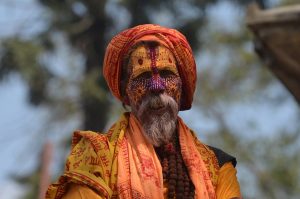
Jogi Baba in Pashupatinath Temple during Shivratri Festival
Bisket Jatra
Bisket Jatra is a weeklong annual festival in Dhapasi, Thimi, Bhaktapur, Tokha, and other places in Nepal. It lasts for nine days and is celebrated on the 14th of April. Its center of attraction is pulling chariots that are being built.
The two chariots in Jatra represent two deities: goddess Bhadrakali and another enraged god Bhairav. However, the time changes as a per difference in astronomical positions and lunar calendar.
People also call Bisket Jatra the “Festival after the death of the serpent”. The locals offer food and prayers, hoping to get rid of troubles and misfortunes in life ahead. In Thimi, people also pierce their tongue for religious significance, making it a “tongue piercing festival”.
Maghi / Maghe Sankranti
Maghe Sankranti is around mid-January or the first day of Magh. Hindus perform ritual dips in the holy river, and families gather and eat meals in groups. On this auspicious day, the menu differs from usual. The Nepalese food menu includes Sweet potato, sesame seed laddus, ghee, yam, and molasses.
The Tharu community in the Terai region also celebrates the first day of Magh as Maghi or their New Year or Maghi. They celebrate it weeklong, attending community gatherings of family and friends, wearing cultural Tharu dresses, drinking, eating, and being merry. You should never miss Maghi if you are around the Terai region.
Maghi is a herald of relatively longer warmer days as compared to the other cold months. On this very day, it says the sun to moving towards the Northern Hemisphere. Therefore, Maghe Sankranti is akin to other religions’ solstice festivals.
Gai Jatra
Newar Society in Kathmandu and other places celebrate Gai Jatra. It is a festival of memorializing the death of dear ones. Locals also know it as the ‘’Festival of Death.’’ where there is singing, mirth, and dancing laughter.
As part of Gai Jatra, the members of the deceased of the past year’s family parade on the streets, dressing as cows. It falls from August to September in the Solar Calendar for eight days continuously.
During this fete, you are likely to experience Nepali traditional stick dancing, singing, unique comedy, etc. They believe it will bring them fortunes in the following days. Thousands of people gather and celebrate with great devotion and importance. In short, attending these festivals is one of the best things to do in Kathmandu.
Teej / Hartalika Teej
The scene of women and girls in red, yellow, and green sarees, adorned with bangles, singing and dancing traditional folk songs and prayers inside Pashupatinath temple is fantastic. Occurring around August, Teej welcomes the monsoon season. One cannot hold themselves to observe startlingly and capture these moments in photographs of this merry day.
A day after the feast called Dar, they fast even without drinking a drop of water. Hartalika Teej is quite significant for women (from young to old) as they seek blessings from Lord Shiva. Married women pray for the long age of their husbands and the prosperity of the family. Similarly, unmarried women pray to get a handsome, caring husband.
Just after the Teej, women pray offerings to seven saints like money, food, and various others to satisfy them and bathe using red mud, brush their teeth using branches of Datiwan (Achyranthes bidentata) purifying their souls.
Lhosar
Lhosar is a new year of celebration in certain communities in Nepal. In contrast to other festivals, multiple cultural communities (Gurung, Tamang, and Sherpa) at different times celebrate Lhosar. Mainly, the Tamu (Gurung), Tamang, and Sherpa communities of Lhosar celebrate the festival.
“Lho” means “year” and “Sar” means “new”. The word “Lhosar” means New Year or the beginning of a new era. The people wear their ethnic dress, extend best wishes, gather to sing, dance, and have delicious feasts with fanfare and enthusiasm. In case you miss Lhosar, you can explore Tamang culture and daily routine life with a Tamang heritage trail Trek in Nepal.
Nepalese mud festival:
Can you believe a festival of playing with mud?
On Ashad 15 in the Nepalese Calendar, during monsoon as the sky showers crashing rain marking the season for rice plantation, Nepalese observe this amazing mud festival. “Is it good to play with the dirt?”, If you have this query, then I disclose that playing with the mud is healthy.
This helps in expressing creativity, boosts up fine motor skills, increases sensory awareness, leads, and follows directions. Besides, it shall promote communication, negotiation, cooperation, sharing, and being close to nature.
Nepal is an agricultural country. Despite this, many parts of Nepal lack modern technologies to plant rice. The men plow fields while women plant the rice seedlings while singing and dancing called “Ropai songs” along with eating Dahi- Chiura (curd and beaten rice), local alcohols (as per preference), fruits, pickles, etc.
The splashing of mud brings the merriment of field plowing. Also, the singing of local music fills the air with magic, making it a genuine Nepali festival. If you are visiting Nepal during the Monsoon in late July, then you can experience this amazing celebration in Nepal.
At the End
These were the top 10 widely celebrated festivals in Nepal. These festivals in Nepal have a foundation in mythological and historical backgrounds.
Some other important festivals also include Christmas, Buddha Jayanti, Janai Purnima, Krishna Asthami, etc. Visit Nepal to experience its diverse history and culture.

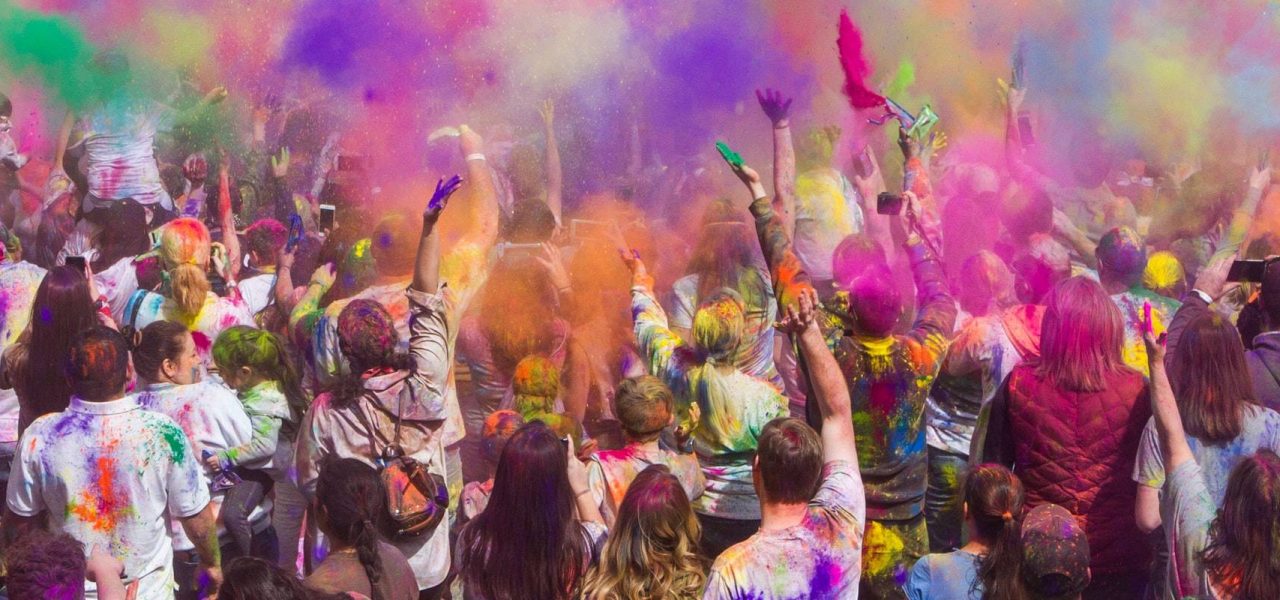
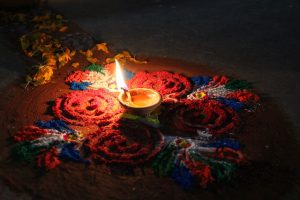
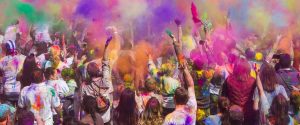

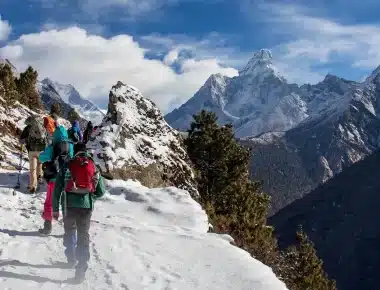
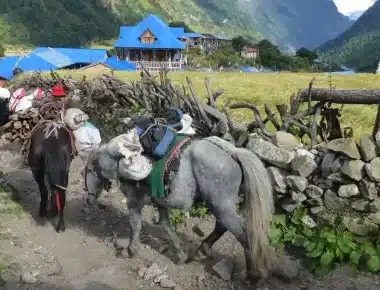
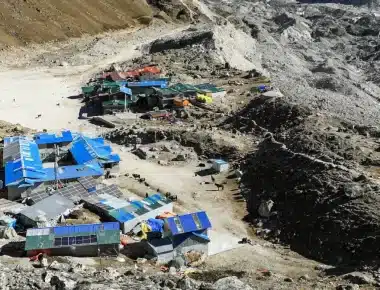
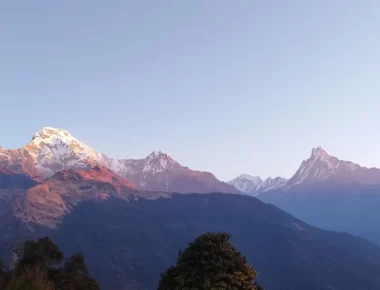

[…] Ekadashi is one of the major festivals in Nepal. Devotees worship Vishnu and perform Tulsi Vivah. On this celebration day, women fasts. They […]
[…] equally mobilized for the preservation of their traditions. Nowadays, there are many unique Nepalese festivals observed by people of diverse ethnic communities that lead to a perfect […]